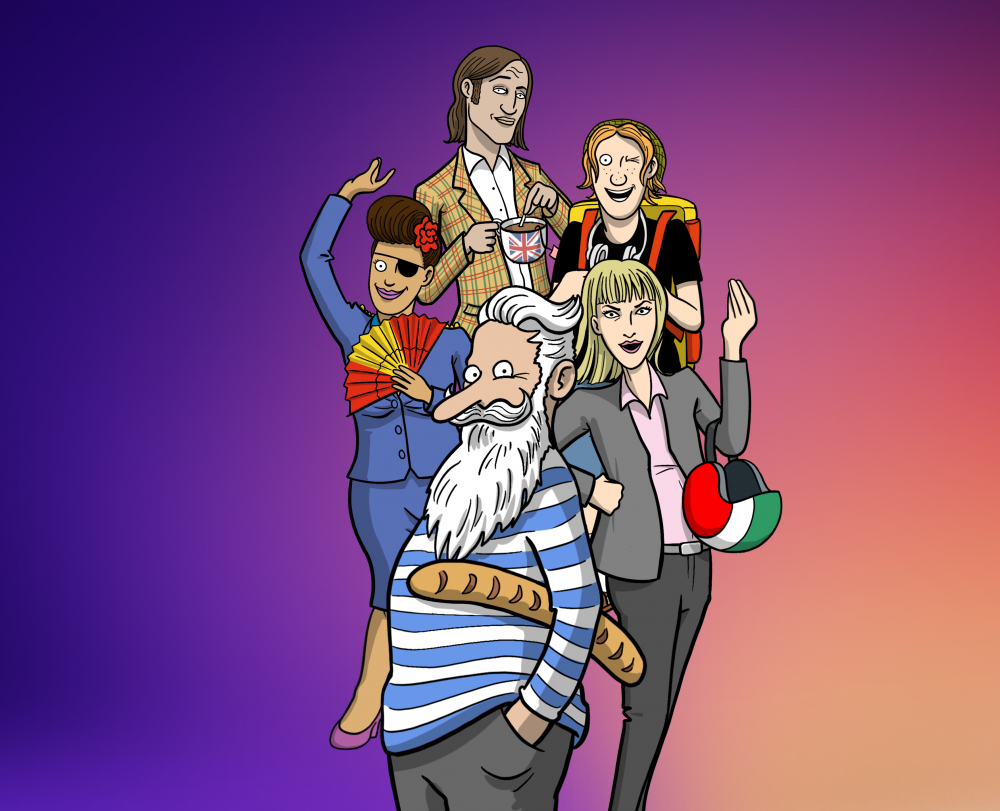The structure of modal verbs
Modal verbs are used before the infinitive form of another verb (without to) to express ideas like possibility, obligation, permission and more. The most common modal verbs are can, would, must, should and could.
We can go to the restaurant.
They should join us.
These verbs have one form for all subjects.
She must come.
We would like some tea.
When you use modal verbs, follow these structures:
- In the affirmative form: subject + modal verb + infinitive (without to).
I could visit my family.
It must be wrong.
- In the question form, generally: modal verb + subject + infinitive (without to) + ?
Would you help me?
Should I come to your house?
- In the negative form, generally: subject + modal verb + not + infinitive (without to).
You must not enter.
They should not go there.
Notes:
- The negative form of can is an exception: not is attached to the verb, in a single word (cannot).
We cannot find our camera.
- Most modal verbs have a negative short form (using n't) and some also have an affirmative short form.
We must not be late → we mustn't be late.
I would like to reserve a table → I'd like to reserve a table
Still facing difficulties with 'The structure of modal verbs'? Improve your English with Gymglish's English lessons - try our online English course for free now and receive a free level assessment!
What our users say:
Find out about other grammar rules. Improve your English further and test Gymglish, online English lessons.
Tips for learning 'The structure of modal verbs'? Share them with us!

